Table of Contents
Ethanol Hybrid from Saab
In its long history of innovation, Saab has introduced numerous fascinating concept cars and technological advancements. Among the most well-known concept vehicles are the “Saab Fjord” Concept based on the Saab 9000, the Saab 9000 Coupe Concept, the “Saab Viking” concept, and the Saab 9-X Air. One of the final concepts to emerge from Saab’s design studios was the Ethanol Powered Saab Diesel Car, a project executed in collaboration with BSR, utilizing Saab’s diesel platform.
BioPower Hybrid Concept: A Step into the Future
In the final decade of its existence, Saab turned its attention to alternative fuel sources, particularly ethanol, as part of its BioPower initiative. This forward-thinking approach aimed to position ethanol as a renewable energy choice. The BioPower Hybrid concept, unveiled in 2006 at the Stockholm Auto Show, epitomized Saab’s dedication to sustainable innovation by combining ethanol-powered and electric propulsion systems.
Ethanol-powered vehicles were already popular in Sweden, where ethanol-blended fuels like E85 (a mixture of 85% ethanol and 15% gasoline) were widely used. This prevalence made it logical for Saab to develop a hybrid concept capable of running on pure bioethanol (E100). Remarkably, the Saab BioPower Hybrid Concept became the world’s first fossil-free hybrid vehicle, capable of utilizing both traditional gasoline and E100.
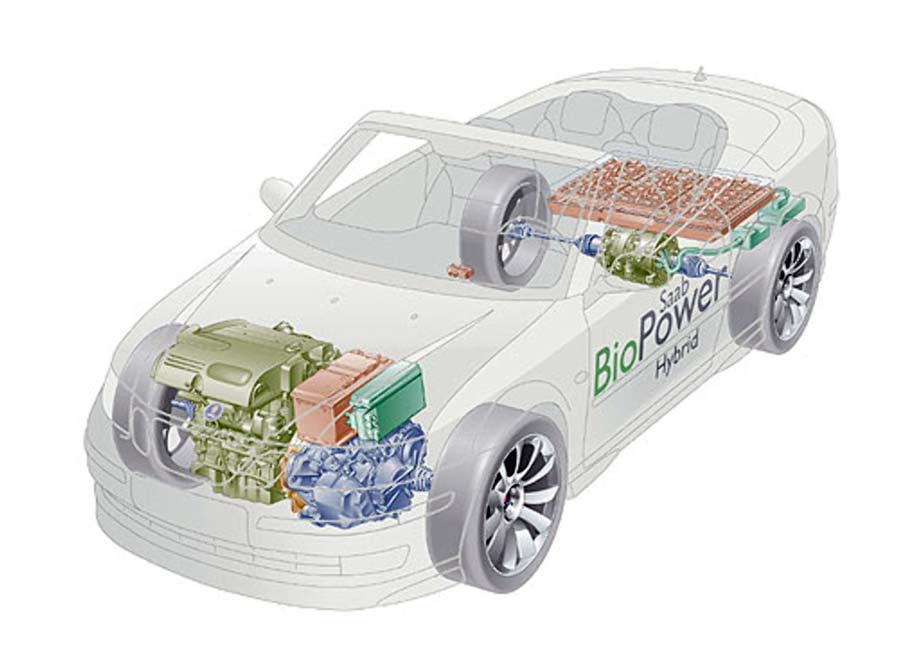
Powertrain and Performance
At the heart of the BioPower Hybrid Concept was a 2.0-liter turbocharged BioPower engine producing 260 horsepower and delivering 375 Nm of torque. Coupled with dual electric motors, the vehicle could briefly achieve torque outputs three times greater than conventional gasoline-only models. This innovative powertrain retained flex-fuel capability and incorporated Saab’s Spark Ignited Direct Injection (SIDI) system, optimizing combustion with E100. The SIDI technology ensured that the engine could start cold as efficiently as a standard gasoline engine.
Variable valve timing on both the intake and exhaust sides further enhanced performance, while durable valves and valve seats, coupled with ethanol-compatible materials, ensured long-term reliability. These features underscored Saab’s meticulous engineering approach to hybrid technology.
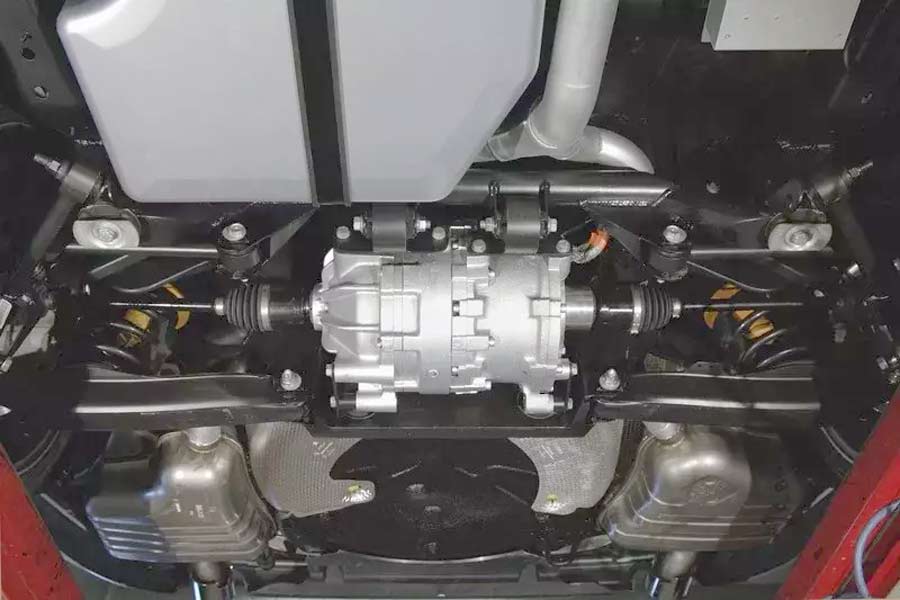
Dual Electric Motors: Enhanced Propulsion
A distinctive feature of the BioPower Hybrid Concept was the inclusion of two electric motors without compromising luggage space or interior design. The first motor, a 15-kilowatt starter-generator, was positioned between the engine and gearbox. This motor facilitated engine start/stop functions, enabling the internal combustion engine to shut down entirely when the car was stationary, contributing to fuel savings and emissions reduction.
The second motor, rated at 38 kilowatts, was mounted between the rear wheels, providing rear-wheel drive functionality. Combined, these motors delivered up to 786 Nm of additional torque for short bursts. This powerful configuration enabled the concept car to accelerate from 0 to 100 km/h in just 6.9 seconds. Intermediate acceleration was further boosted by the rear motor’s capacity to generate 666 Nm of torque during brief intervals.
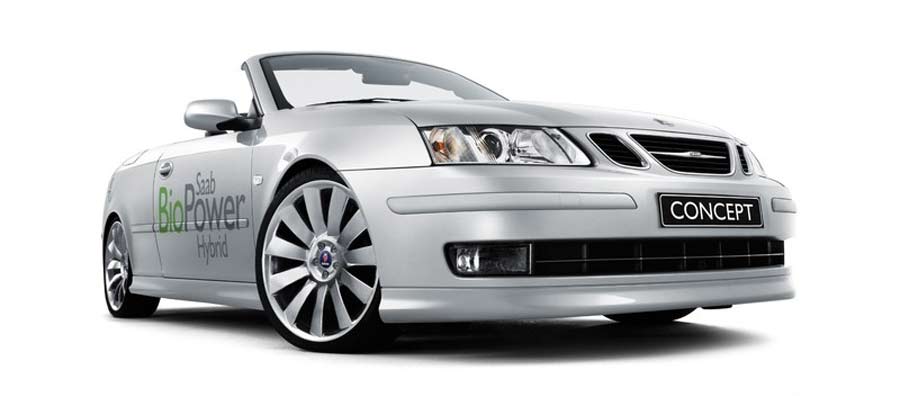
Convertible Showcase: Saab 9-3 BioPower Hybrid
Saab chose the stylish 9-3 Convertible as the platform to debut its hybrid technology, highlighting the practicality and aesthetic appeal of the system. While the concept was showcased in convertible form, the underlying technology could have been adapted across Saab’s entire model lineup.
Despite the accessibility of ethanol and stop/start engine technologies at the time, integrating a rear-wheel electric motor and coordinating three separate power sources posed significant challenges. Additionally, the high cost of lithium-ion batteries presented another barrier to mass production.
Ahead of Its Time
The Saab BioPower Hybrid Concept reflected the company’s pioneering spirit and willingness to explore sustainable technologies. Although the project demonstrated the potential of hybrid technology combined with BioPower, Saab’s financial difficulties ultimately curtailed further development. The company’s bankruptcy prevented this cutting-edge concept from reaching full production.
Nonetheless, the BioPower Hybrid Concept stands as a testament to Saab’s innovative vision. In an era when hybrid and electric propulsion are becoming industry standards, it is evident that Saab was ahead of its time. This project not only allowed Saab’s engineers to test hybrid technology but also positio








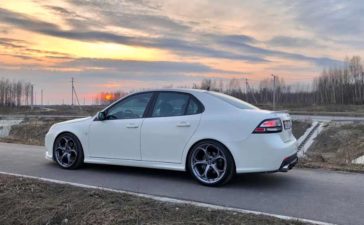
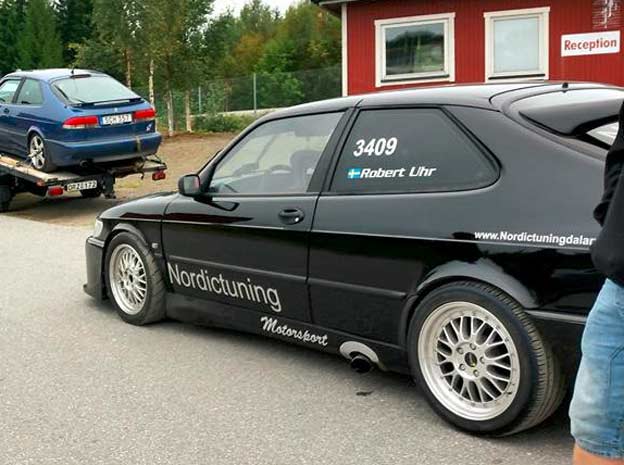

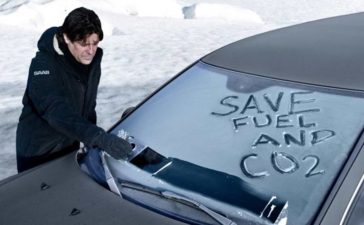
I also have a bio power. Too bad the Ethanol E85 is no longer available, I liked to refuel it, not least because of the price.